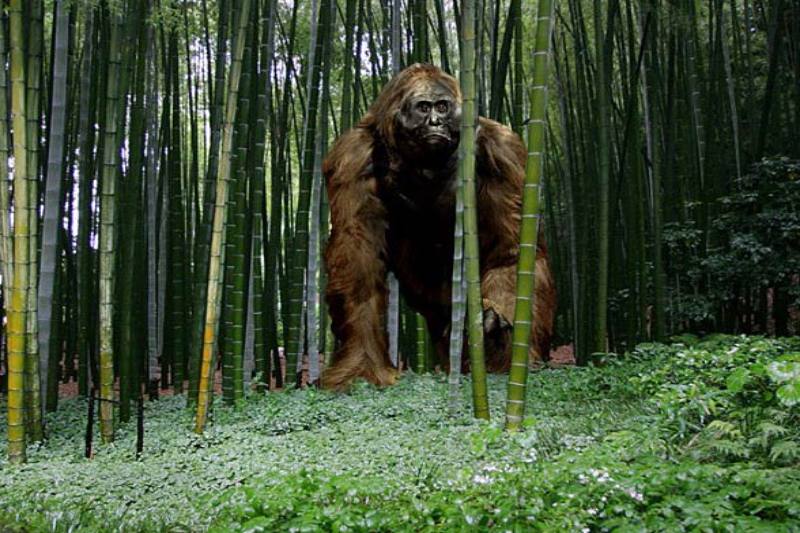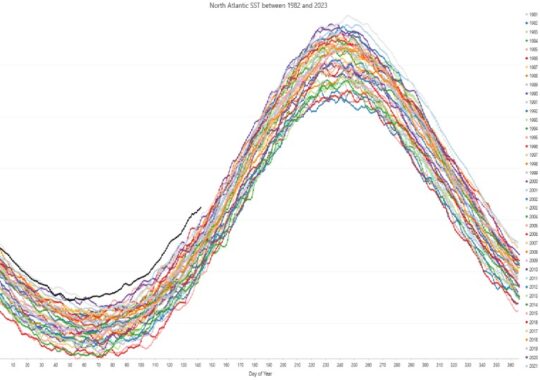Scientists revealed on Wednesday that a long-dead great ape species was probably driven extinct hundreds of thousands of years ago when its preferred fruits became inaccessible during dry seasons due to climate change.
The largest great ape known to science is the species Gigantopithecus blacki, which was previously found in southern China. Its measurements include 10 feet (3 meters) in height and up to 650 pounds (295 kilograms).
However, its size might have also been a drawback.
“It’s just a massive animal – just really, really big,” said Renaud Joannes-Boyau, a researcher at Australia’s Southern Cross University and co-author of the study published in the journal Nature. “When food starts to be scarce, it’s so big it can’t climb trees to explore new food sources.”
The massive apes lived for about two million years on the wooded plains of China’s Guangxi province. They probably resembled current orangutans. Up until the climate started to shift, they lived vegetarian diets and enjoyed fruits and flowers when they were in tropical forests.
The scientists used fossil teeth, pollen, and sediment samples found in Guangxi’s caverns to piece together how the region’s increasingly frequent dry seasons caused the woods to yield fewer fruits beginning about 600,000 years ago.
The researchers discovered that although the big apes did not go extinct rapidly, they most likely did so between 215,000 and 295,000 years ago.
The researchers’ data reveals that the huge apes consumed more tree bark, reeds, and other non-nutritious food, even if smaller apes might have been able to climb trees to look for different food.
“The species’ preferred food was no longer available due to changes in the forest,” co-author Zhang Yingqi of China’s Institute of Vertebrate Paleontology and Paleoanthropology explained.
The majority of the knowledge on the extinct great apes comes from the study of fossilized teeth and four sizable lower jaw bones that were discovered in southern China. There are no whole skeletons in the archives.
Fossil data indicate that several dozen species of great apes lived in Africa, Europe, and Asia between around 2 million and 22 million years ago. Only humans, gorillas, chimpanzees, bonobos, and orangutans are left today.
Although the first humans appeared in Africa, scientists are unsure of which continent is home to the ancestors of the great ape family, according to Rick Potts, who oversees the Human Origins Program at the National Museum of Natural History at the Smithsonian and was not involved in the study.
The Science and Educational Media Group of the Howard Hughes Medical Institute provides support to the Associated Press Health and Science Department.





